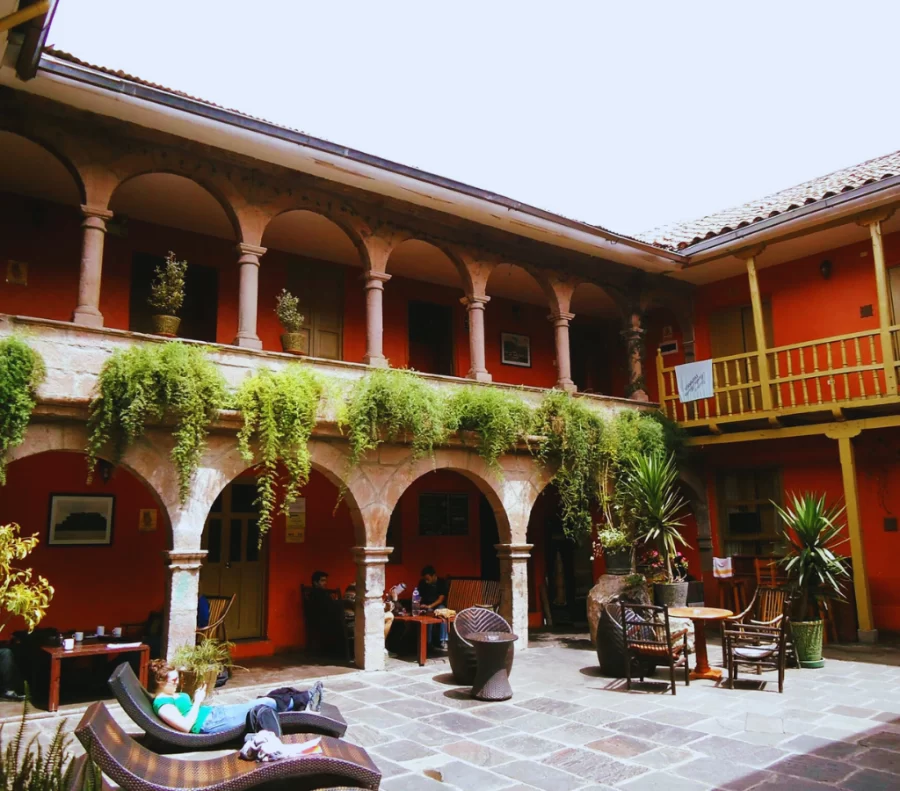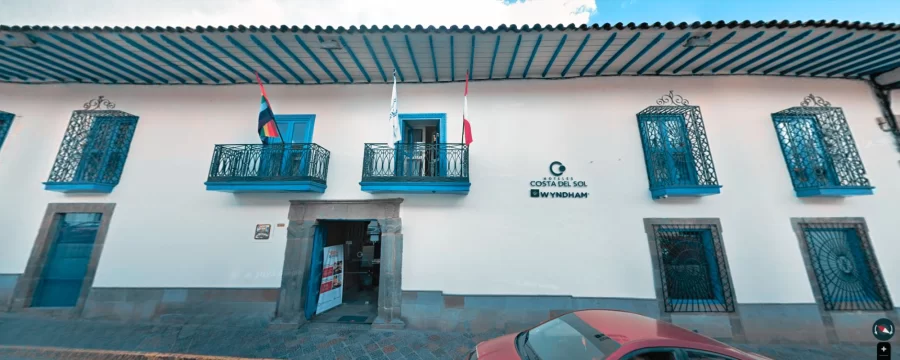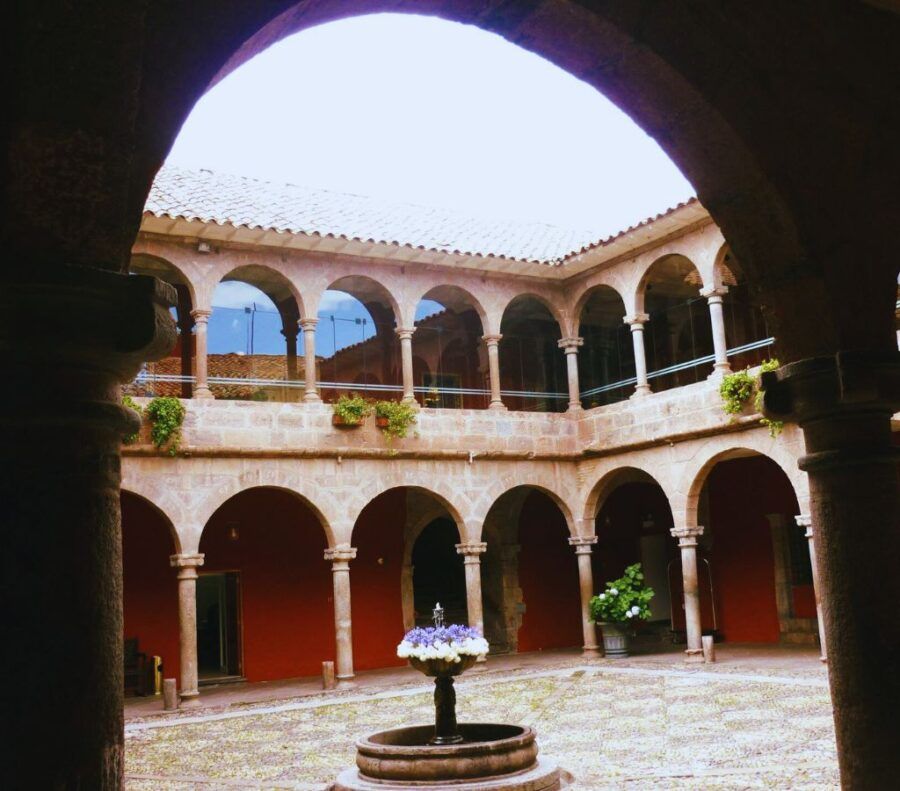Discovering the colonial houses that exist in the city of Cusco, this time we are going to visit the house of the Marquis of Picoaga, this old house describes the constructions of the eighteenth century, currently retains that colonial style located on Santa Teresa Street.
Table of Contents
The mansion of the Marquis of Picoaga is one of the few colonial houses that maintains its colonial structure belonging to the eighteenth century, this property belonged to the Marquis Don Jose Picoaga and Arbiza who arrived in the city of Cusco by order of the Viceroy Count of Superunda. The owners built the new house in 1745 and 1751.
When the house was built, it has a characteristic that because it served the crown, lineage and local society, it had to have four arches, it also had a central patio, but there is no current record of it; likewise, as a result of the earthquake that occurred in the year 50 in the city of Cusco, the house was severely affected and in 1976 the restoration of the building began,
For being one of the colonial houses that preserves the infrastructure was declared as Historic Monument of Peru in 1972, and as part of the historic center of the city of Cusco the UNESCO declared it as Cultural Heritage of Humanity.
The house of the Marquis of Picoaga is located at 344 Santa Teresa Street next to the Municipality of Cusco, a few steps from the Plaza de Armas of Cusco.
Currently, the mansion is now the Picoaga hotel of the Costa del Sol chain, the property consists of:
It has two floors with two patios originally, consists of a central portal, lithic stairs to and from this in general, now what we will see on the first level is a lithic cover, four windows with lithic jambs and metal bars.
On the second level there are two republican balconies that show a box type lattice balcony. The central courtyard is composed of four bays with semicircular arches, its floor is made of brick pastry, inside the main room highlights the mural painting belonging to the nineteenth century that was painted with still lifes and marble simulation, its structure was covered with pair and knuckle.
It also has other works of art belonging to the seventeenth century, each room within it retains its architecture as the high ceiling with beams and wooden door.
You can visit it in the morning and at lunchtime, however to enter the interior of the premises you should consult your travel agency or the hotel in Picoaga, because remember that this property is now a hotel.



